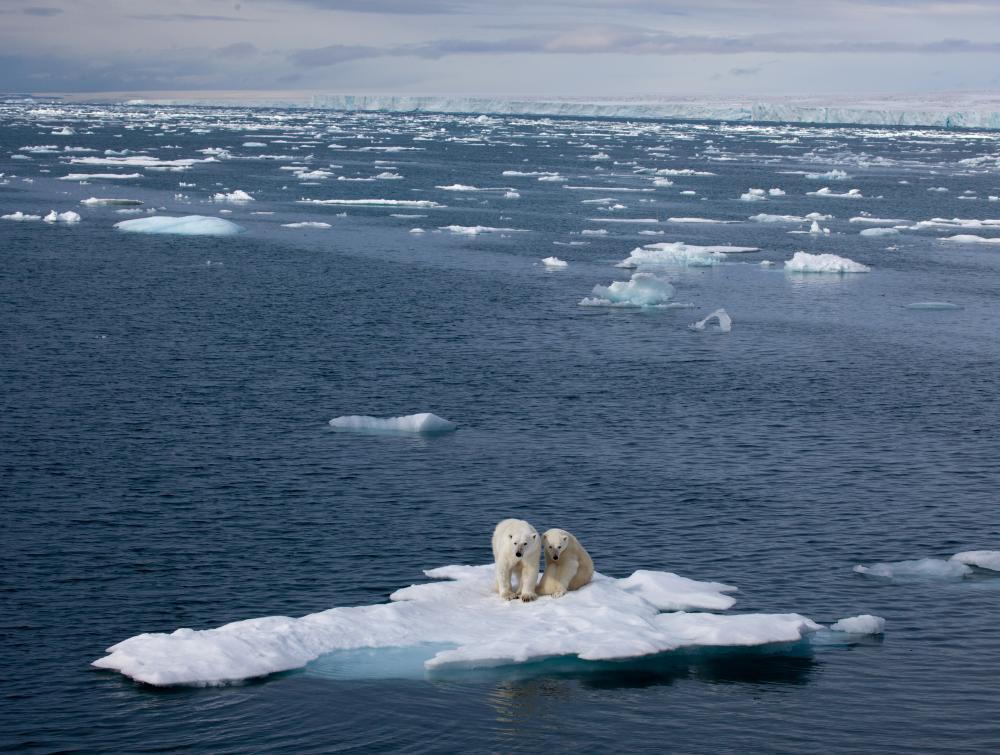Top Place: Arctic Ocean

HimmelrickPR, flickr
Despite its extremely harsh environment, the Arctic Ocean thrives with sea life and a fragile marine ecosystem.
Experience the Arctic Ocean
The Arctic Ocean is one of the most fragile and challenging environments on earth. This partially frozen ocean at the top of the world teems with wildlife that is adapted for the cold. Yet these pristine waters and the wildlife they sustain are under growing threat from climate change and attempts by oil and gas companies to develop the Arctic.
What is the one best thing about the Arctic Ocean?
While the Arctic Ocean is a harsh environment, it also is home to numerous wildlife species — bowhead and other whales, walruses and seals, polar bears and other animals. These animals thrive in Arctic habitat.
The Arctic Ocean also provides a vital source of food to native Alaskan communities — it has sustained them for thousands of years.
What one activity is the Arctic Ocean known for?
Wildlife watching.
Arctic wildlife thrive in this pristine habitat. You can catch a glimpse of the area’s wild stars in movies like 2012’s “Big Miracle,” starring Drew Barrymore. Inspired by a true story, the film depicted environmentalist Rachel Kramer working to rescue three endangered gray whales trapped by sea ice off the coast of Barrow, Alaska.
Unfortunately, the Arctic Ocean also is known for being living proof of climate change.
The Arctic Ocean experienced very few human impacts until recently because it was covered with ice much of the year. Now, climate change is thawing the sea ice and opening new shipping routes. By 2040, the Arctic Ocean could become completely ice-free for the first time in human history.
What’s one way The Wilderness Society is working to protect the Arctic Ocean?
Standing up to the oil and gas industry.
Right now, oil companies are targeting the fragile Arctic Ocean for off-shore drilling — even before there is a way to drill there safely. The oil industry lacks the infrastructure and technology to respond effectively to an Arctic oil spill, and extreme Arctic weather conditions could make it impossible for response teams to reach the site of an oil spill quickly.
Scientists do not yet know enough about the Arctic Ocean’s wildlife species and the ocean’s physical characteristics to identify and protect critical areas. An Arctic Ocean untainted with industrialization and spilled oil is a legacy we want to protect for future generations.
As oil companies keep pushing for more Arctic drilling, The Wilderness Society keeps defending the line. We continue to show how effective oil spill response technology doesn’t exist for an environment dominated by changing ice packs and rough seas.
We protect the Arctic Ocean by:
- Guarding Arctic wildlife
- Opposing dangerous oil and gas development and Arctic off-shore drilling
- Promoting renewable, clean energy sources
- Raising awareness about climate change
